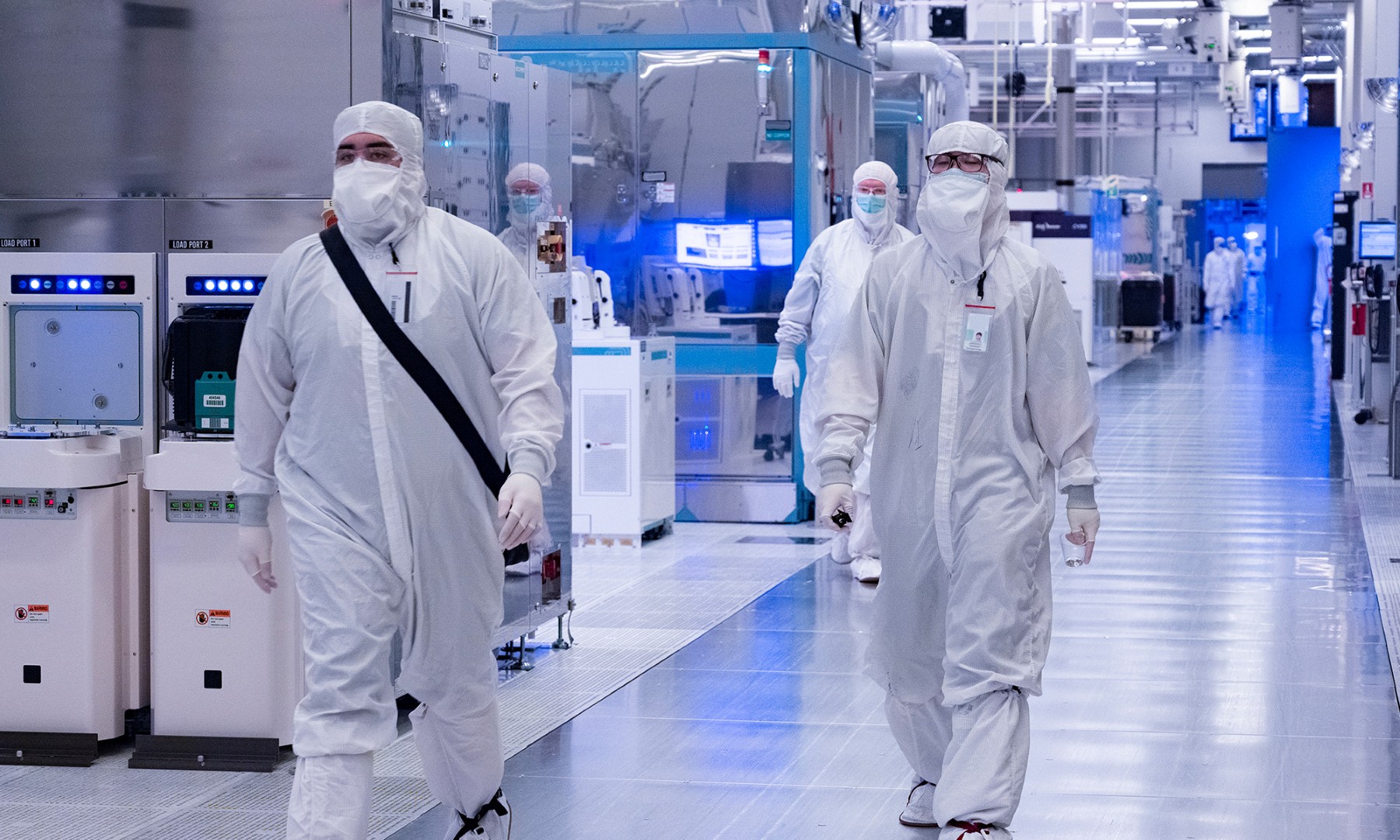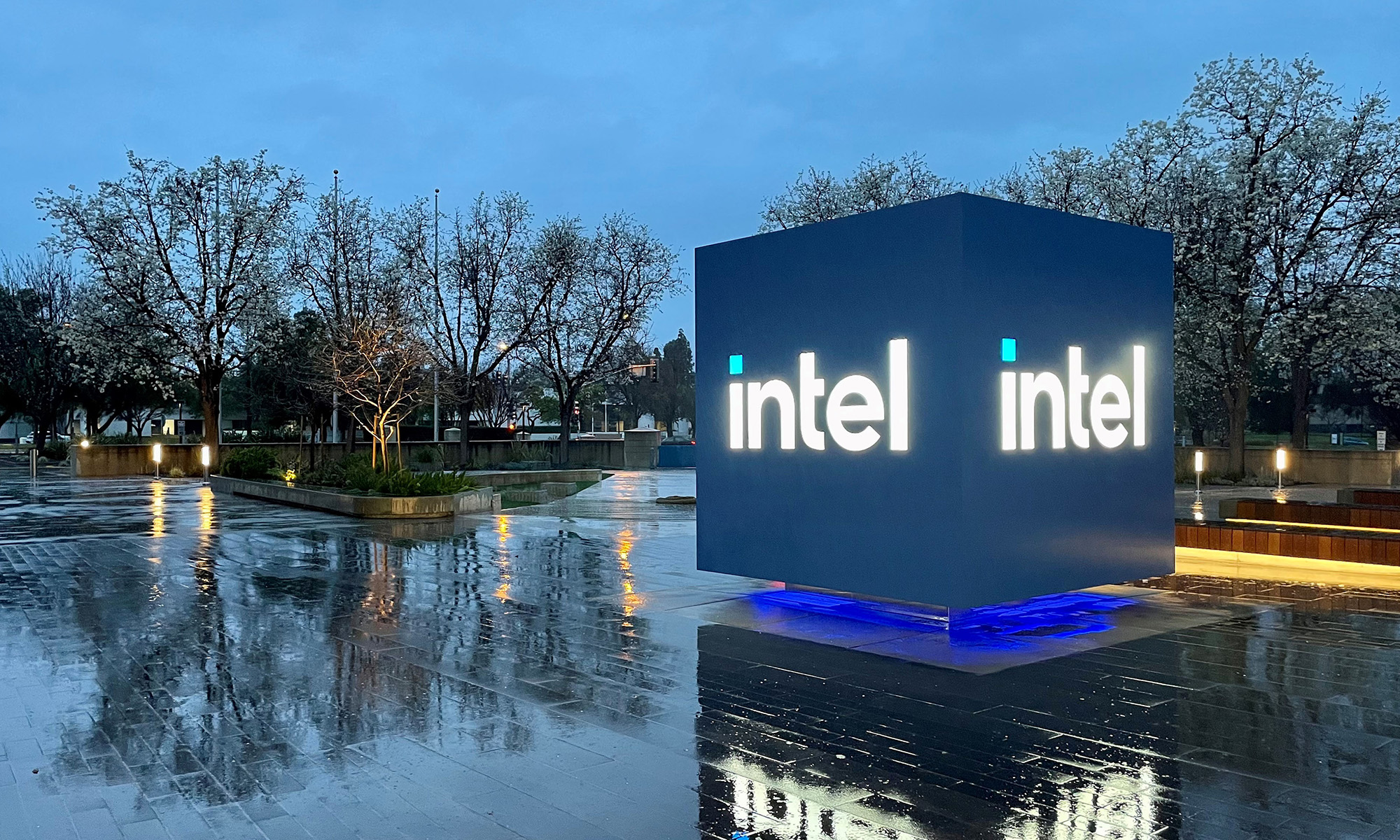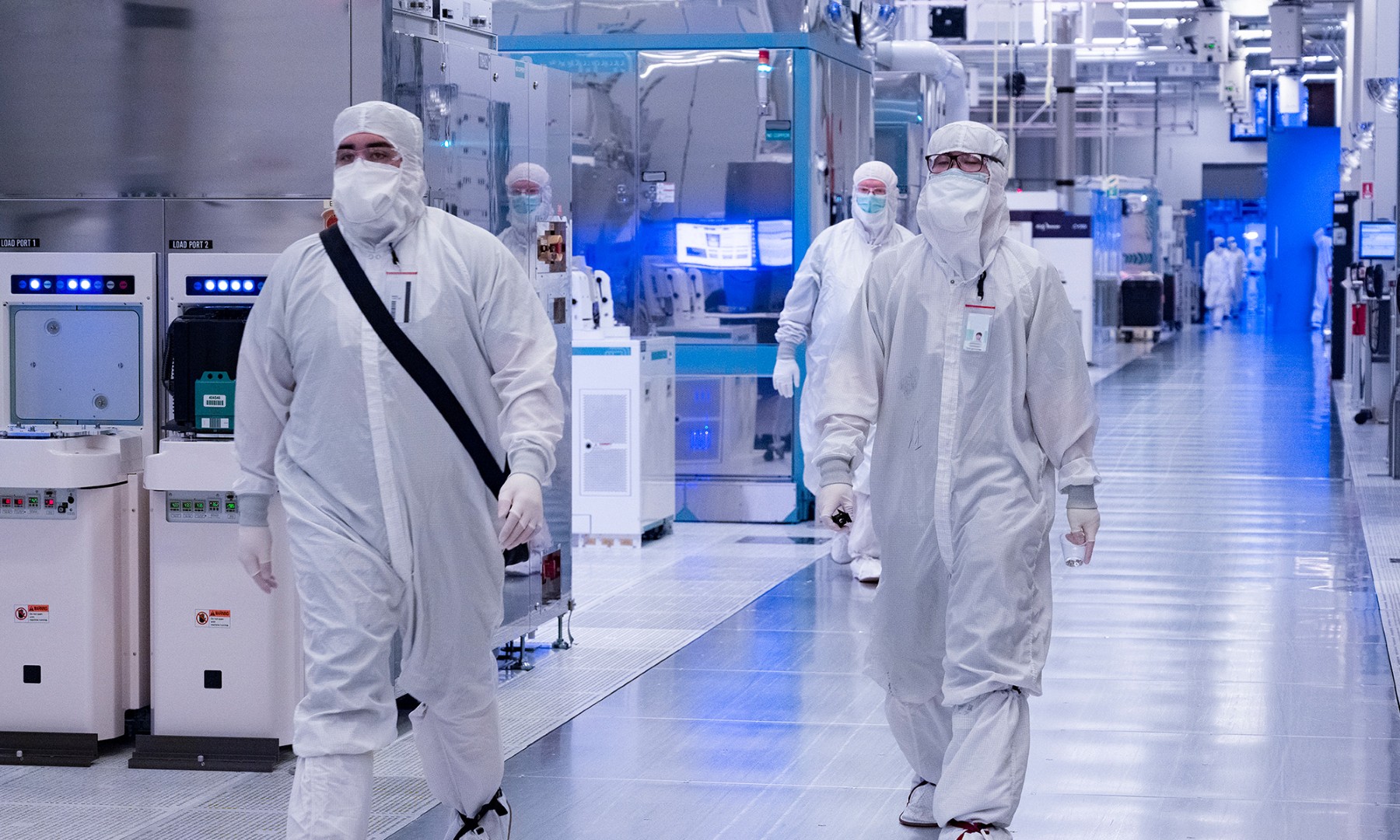In the era of mobile computing, it is no longer enough to look at raw performance numbers. The name of the game is performance per watt, and it matters in just about every paradigm of computing, from the hungriest data centers to the most compact smartphones. A recent report from site Techspot did a head-to-head comparison of Intel's (INTC +11.02%) low-end Celeron J1900 (based on the same technology that Intel is selling into tablets) and AMD's (AMD +8.55%) low-end Sempron, which is based on AMD's own low-power Jaguar core. The performance-per-watt results are interesting.
CPU performance: an Intel blowout
Here is a table that puts together all of the results for the CPU-limited tests that Techspot ran on both the Celeron J1900 and the Sempron 3850:
|
Intel Celeron J1900 |
AMD Sempron 3850 | |
|---|---|---|
|
Microsoft Excel 2013 (MonteCarlo -- lower is better) |
29.0 |
37.0 |
|
Microsoft PowerPoint 2013 (lower is better) |
13.0 |
10.8 |
|
7-zip Benchmark |
4734 |
3837 |
|
Mozailla Kraken JavaScript (lower is better) |
7345.1 |
10942.3 |
|
WinRAR (kilobytes per second; singlethread/multithread) |
1055/2011 |
516/1678 |
|
Adobe Photoshop CS6 (lower is better) |
69.4 |
104.7 |
|
Adobe After Effects CS6 (lower is better) |
398.1 |
599.7 |
|
Adobe Illustrator CS6 (lower is better) |
11.6 |
18.8 |
It's a no-brainer here, folks: Intel's Silvermont-based Celeron J1900 blows the doors off the AMD Jaguar-based in CPU-intensive tasks. However, the next question that people will surely be interested in is the power consumption at full load. Techspot, unfortunately, did not do power consumption tests for each of these individual workloads, but it did manage to run a well-known power virus known as Prime95 to get a sense of the full-throttle power consumption of each of these parts.
CPU performance-per-watt: now this is just embarrassing
Techspot measured the following:
- Idle power consumption (i.e., power consumed when the system is doing nothing);
- Power consumption at full CPU load pegging all four CPU cores in both chips; and
- Power consumption running both Prime95 (CPU power virus) and FurMark (graphics power virus).
The results are reproduced in the table below:
|
Intel Celeron J1900 |
AMD Sempron 3850 | |
|---|---|---|
|
Idle |
27W |
27W |
|
CPU load |
32W |
37W |
|
CPU + GPU Load |
36W |
44W |
From these results, we can isolate the power consumption of each of the subsystems:
|
Intel Celeron J1900 |
AMD Sempron 3850 | |
|---|---|---|
|
CPU |
5W |
10W |
|
GPU |
4W |
7W |
To put this in perspective, Intel's chip offers significantly higher performance than the AMD chip, but consumes less than half of the power. From a CPU perspective, this is a complete and utter blowout in Intel's favor, and it's no wonder that AMD continues to lose PC share, particularly at the low end where Intel had been -- until now -- largely absent with competitive offerings.
What about graphics?
The GPU story, however, is interesting. Let's take a look at the graphics performance across the games that Techspot tested, keeping in mind that at full load the Celeron J1900 GPU consumes 4W and the Sempron 3850 consumes 7W:
|
1680x1050 Gaming |
Intel Celeron J1900 |
AMD Sempron 3850 |
|---|---|---|
|
Company of Heroes 2 |
1.8 |
5.7 |
|
Metro Last Light |
2.3 |
4.1 |
|
Hitman Absolution |
6.5 |
7.3 |
|
Tomb Raider |
6.7 |
11.1 |
|
BioShock Infinite |
4.2 |
7.8 |
|
ARMA 3 |
8.2 |
13.1 |
|
Average FPS |
4.95 |
8.18 |
If we look at the average frames per second (at 1680x1050, the more GPU intensive resolution), we see that AMD's solution is, on average, 66% faster. Interestingly enough, AMD's GPU solution consumes 3W more power than Intel's GPU, or 75% more power, implying that Intel's GPU is technically the more power efficient one here. That said, it's easier to be more efficient at lower performance levels, so this can hardly called a decisive win for Intel, but it is hardly a performance/watt blowout in AMD's favor in the way Intel's CPU is much more efficient.
Foolish bottom line
At the end of the day, it looks as though Intel has a massive CPU performance efficiency lead that extends beyond Intel's advantage with the 22-nanometer node over AMD's 28-nanometer part. Intel has what appears to be the superior CPU architecture, while AMD has a GPU performance edge at the expense of a higher power budget. Given that these GPUs are both incapable of playing modern PC games at high frame rates anyway, most people buying these platforms will notice CPU performance over GPU performance. Unfortunately for AMD and fortunately for Intel, it is likely that Intel will continue to gain meaningful share in the low end of the PC market with its Bay Trail product.







